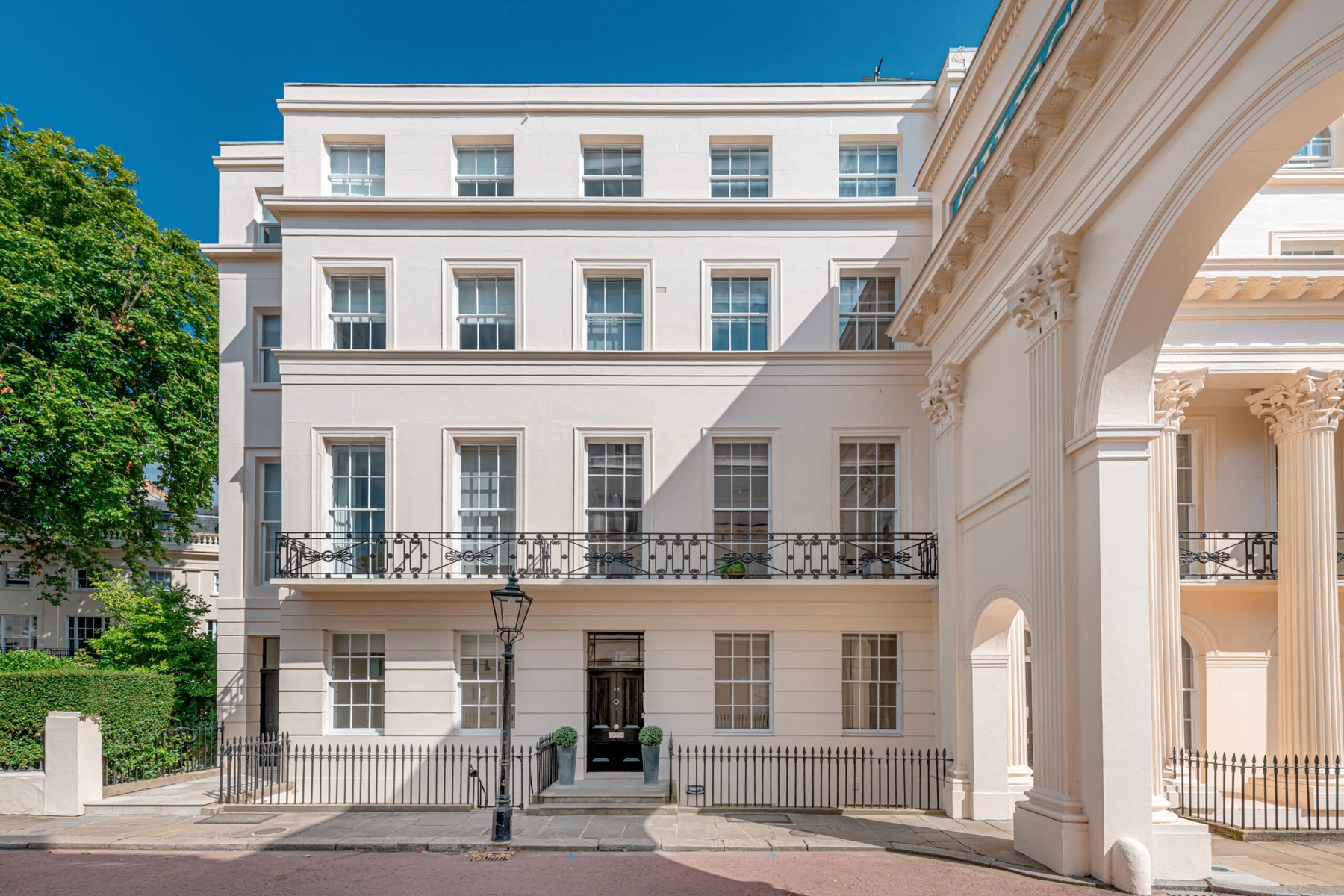The House Edge, the quarterly market insight report by London House, compiles industry data from property market intelligence group, Dataloft, and direct insight from our expert sales and lettings team. Quarter 3 closed with a month unlike any other; a new prime minister, a new monarch, and shockwaves across the economy. Below we breakdown our key findings from our Q3 report for the Prime London Sales Market.

Quarter 3 closed with a month unlike any other; a new prime minister, a new monarch, and shockwaves across the economy. The death and funeral of HRH Queen Elizabeth II and the proclamation of HRH King Charles III were events unseen by many in their lifetime
The impact of the ‘fiscal event’ (mini budget) release on Friday 23rd September proved anything but small. Delivered without any independent forecasts, the UK financial markets recoiled and the value of the pound plummeted. The changes and u-turns released on 23/11 impacted the UK housing market more than any other sector. The outcome of this, the largest tax-cutting budget since the late 1980s will not be evident in official housing market statistics for some time.

Prior to the rollercoaster that was September, there were signs market activity was softening to more usual levels, not unsurprising given the wider economic concerns and low levels of consumer confidence. The asking price of a property coming to market was in line with long-term averages in both August and September, while building society Nationwide reported prices remained flat in September, the first month with no month-on-month growth since April 2021. Supply levels across much of the market are edging upwards. Following three months of mortgage approvals that tracked lower than pre-pandemic averages, the Bank of England reported approvals in August were 11% higher year-on-year and at their highest since the start of 2022, suggesting activity in the autumn would remain solid.
In the prime London market the third quarter of 2022 saw the apartment market supersede house sales, with the volume of apartment sales now on par with the five-year pre-pandemic average. At 81% (71% in the £1m+ market), the proportion of all sales that were apartments is at its highest level in five-years, with asking price discounts in this market at their lowest since 2015. For the first time since Q3 2017 the average discount achieved on apartment sales was lower than the average discount achieved for houses, the discount here edging upwards, now at 6.7%, its highest since the start of 2021.


Mortgage rate rises will disproportionately impact markets outside of prime central London. A higher proportion of sales in the capital, and particularly the high value residential areas of Kensington & Chelsea and Westminster are cash as opposed to mortgage transactions, while the effective value of sterling abroad could well create a boost in activity levels, overseas purchasers able to make significant price savings in the current market place.
Compared to the annual price rises experienced across other markets in the UK, the prime London market remains relatively affordable, especially for overseas purchasers who benefit from the weak sterling. In hitting historic lows this September, the relative value of Sterling against the US dollar was in excess of 20% lower than at the start of the year and over 35% lower than in June 2014, the last market peak.

Q3 Sales Highlights
- The prime market remains busy compared to the pre-pandemic period.
- The proportion of properties sold within Q3 is ahead of the London average.
- Prime properties are selling more quickly than at the start of the year.
- High value residential areas of Kensington & Chelsea and Westminster are cash as opposed to mortgage transactions.
- Overseas purchasers are able to make significant price savings in the current market place.
- Q3 saw the apartment market take the lead, with the volume of apartment sales now on par with the five-year pre-pandemic average.
-The relative value of Sterling against the US Dollar was in excess of 20% lower than at the start of the year and over 35% lower than in June 2014, the last market peak.
